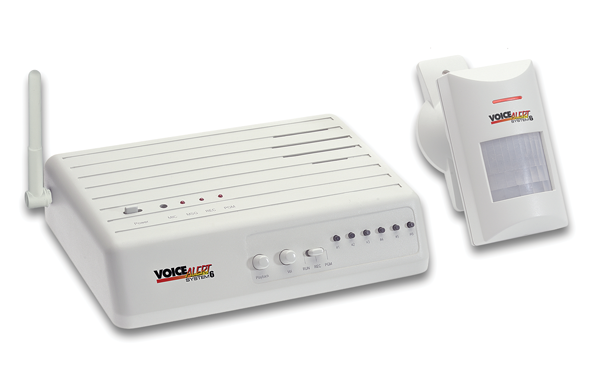The potential benefits
Studies suggest that telecare can result in better health all round but more detailed research is needed.
Greater use of telecare is likely to improve older people’s health and relieve stressed carers, according to the available research. Telecare alarms already save lives in emergencies and researchers are keen to find out the wider health benefits from the technology.
The Centre for Ageing Research and Development in Ireland (CARDI) funded a research project on helping carers, from 2009 to 2011, led by Caring for Carers’ research and programme manager Brigid Barron.
While Ireland’s population is ageing, it is still the youngest in Europe, thus giving it more time to plan ahead. Last year, 524,000 people in the State (11.6 per cent) were aged 65 or over but this is due to reach 909,000 people (16 per cent) in 2026. In the 2006 census, 160,917 Irish people described themselves as carers.
The average age of a carer is estimated to be 74. A survey in 2007 reported that around 29.5 per cent of Irish carers believed that their caring responsibilities had worsened their health. A 2011 survey in Scotland, though, indicates that those caring for 10 years or more tend to adapt to their circumstances and enjoy better health than other carers.
Telecare’s focus is on helping people to live at home for longer and it takes three forms:
- first generation systems, such as personal alarms and emergency response telephones, aim to reduce anxiety among older people and reduce the number of people using primary health services;
- second generation systems involve alarms with extra sensors to report falls or changes in a person’s temperature;
- third generation systems gather large amounts of information about the person and their home, to understand how to care for them more effectively.
Researchers struggle to find tangible benefits from telecare, as so many variables are involved, and the CARDI report emphasises the gap in knowledge. Success can be exaggerated. For example, one evaluation claimed that
77 per cent of carers found that telecare made their work easier but that figure was based on just 25 responses.
The most detailed study, evaluating the Scottish Telecare Development Programme (2006-2011), found that telecare prevented 569 hospital admissions among older people in one year. 60.5 per cent of telecare recipients (a sample of 461) said that their life had improved and 74.3 per cent of carers (301 surveyed) felt that telecare equipment had reduced their stress levels.
An older person would obviously enjoy a better quality of life if they knew that immediate help was available in an emergency. A carer would equally be reassured.
The Scottish research found that telecare freed up carers to take breaks and remain in paid employment.
Concluding, the report anticipated “more robust evidence” from CommonWell, an ongoing European research project co-ordinated by the German consultancy firm empirica.
In the absence of a national carers’ strategy, the Department of the Environment, Community and Local Government’s Seniors Alert scheme was introduced in May 2010 and provides grants for monitored personal alarms, smoke and carbon monoxide detectors, external security lights and emergency indoor lighting. The department has confirmed that 12,458 people have received support to date.
Government providers have not yet embraced telecare and must show more commitment, Barron told eolas. She commented that while telecare was only being introduced “slowly,” the technology is “going to land on our lap very, very fast.” Family carers felt most isolated as they spent the most time with the person being cared for.
Personal information is treated in confidence (as for a medical record) and the older person triggers the response, often simply to have someone to talk to: “They essentially are controlling the level of contact and communication that they would have with other family members or service providers.” Barron would have difficulties with activity monitoring (a third generation system) but this is not currently used in Ireland.
Photo credit: Supra UK






